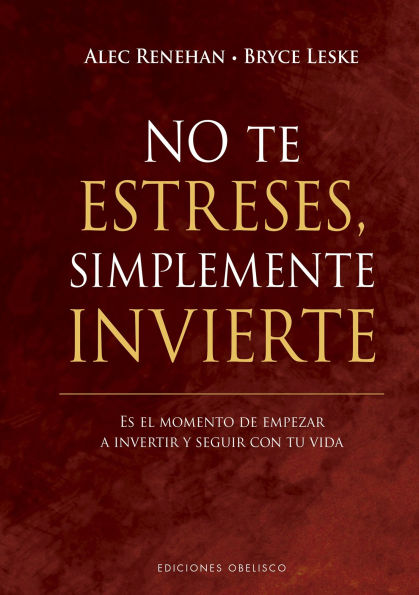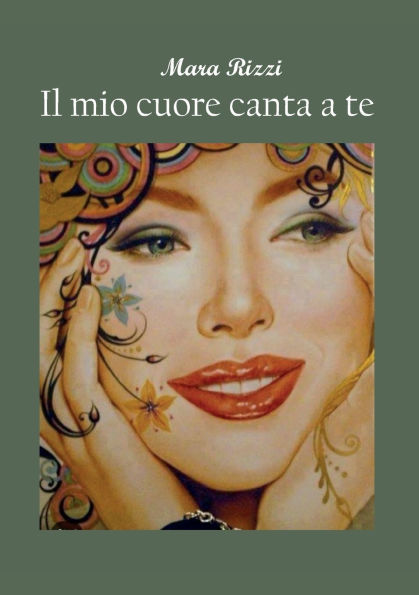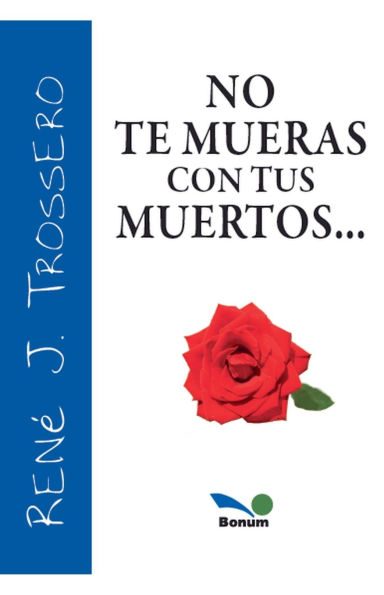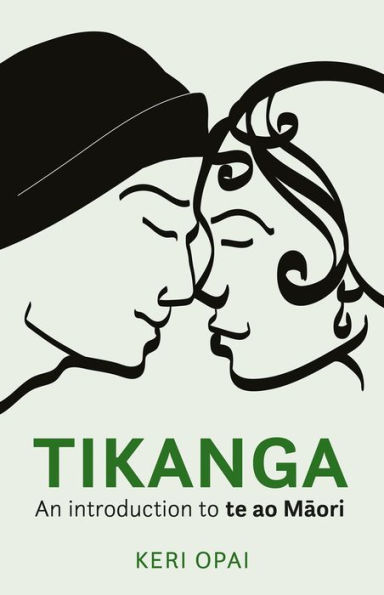Home
Te Whare Tiwekaweka
Barnes and Noble
Loading Inventory...
Te Whare Tiwekaweka in Bloomington, MN
Current price: $15.99

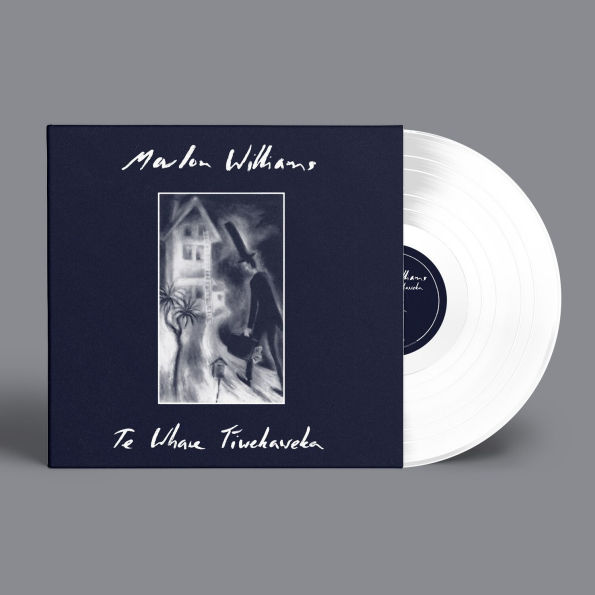
Te Whare Tiwekaweka in Bloomington, MN
Current price: $15.99
Loading Inventory...
Size: CD
A perennial chart-topper in his native New Zealand,
Marlon Williams
leans into his M¿ori heritage on
Te Whare T¿wekaweka
, his fourth solo album and first to be sung entirely in the te reo (M¿ori) language. His artistic homecoming was inspired by a literal one when, after years of living and traveling abroad,
Williams
returned to his hometown of Lyttelton, a small port just south of Christchurch. Struggling to write new material for his next album, he casually tried switching to his ancestral M¿ori language and something clicked. Out came a deluge of self-expression and perspective he'd been unable to find in English, informing the direction of his next project. Musically,
-- which translates to "a messy house" -- builds on the amalgam of folk, country, and pop he's honed throughout his career, adding to it a distinctive Polynesian flavor brought on by the unique cadence of the vocals. For a successful pop artist with an international career, releasing an entire project in a little heard -- outside of Aotearoa -- ancestral tongue is a gamble, but he cuts no corners, going so far as to begin the record unaccompanied with the a cappella "E Mawehe Ana Au." The performance is intimate and its translation, "I am split between two worlds, sitting here, looking there, another world, another world, the chasm grows wider," reads like an artist statement about feeling lost in time. The set moves through a panoply of styles, from the breezy, tropical crooning of "Aua Atu R¿" to the playful group-sung "K¿rero m¿ori," which humbly documents his own return to the culture. The overall tone of
is introspective with bursts of joy and heartbreak.
' primary collaborator, M¿ori rapper
KOMMI
, is credited as co-lyricist on nearly all of the songs and makes a guest appearance on "Huri Te Whenua." A more prominent Kiwi,
Lorde
, takes her own stab at te reo on the lovely piano duet "K¿hore He Manu E." Tying together the personal motif is the album's eerie cover image, an illustration drawn by
' mother, artist Jennifer Rendall, while she was pregnant with him. A standout amid his own catalog,
is a unique and emotional piece of work that is quite affecting even without knowing the language. ~ Timothy Monger
Marlon Williams
leans into his M¿ori heritage on
Te Whare T¿wekaweka
, his fourth solo album and first to be sung entirely in the te reo (M¿ori) language. His artistic homecoming was inspired by a literal one when, after years of living and traveling abroad,
Williams
returned to his hometown of Lyttelton, a small port just south of Christchurch. Struggling to write new material for his next album, he casually tried switching to his ancestral M¿ori language and something clicked. Out came a deluge of self-expression and perspective he'd been unable to find in English, informing the direction of his next project. Musically,
-- which translates to "a messy house" -- builds on the amalgam of folk, country, and pop he's honed throughout his career, adding to it a distinctive Polynesian flavor brought on by the unique cadence of the vocals. For a successful pop artist with an international career, releasing an entire project in a little heard -- outside of Aotearoa -- ancestral tongue is a gamble, but he cuts no corners, going so far as to begin the record unaccompanied with the a cappella "E Mawehe Ana Au." The performance is intimate and its translation, "I am split between two worlds, sitting here, looking there, another world, another world, the chasm grows wider," reads like an artist statement about feeling lost in time. The set moves through a panoply of styles, from the breezy, tropical crooning of "Aua Atu R¿" to the playful group-sung "K¿rero m¿ori," which humbly documents his own return to the culture. The overall tone of
is introspective with bursts of joy and heartbreak.
' primary collaborator, M¿ori rapper
KOMMI
, is credited as co-lyricist on nearly all of the songs and makes a guest appearance on "Huri Te Whenua." A more prominent Kiwi,
Lorde
, takes her own stab at te reo on the lovely piano duet "K¿hore He Manu E." Tying together the personal motif is the album's eerie cover image, an illustration drawn by
' mother, artist Jennifer Rendall, while she was pregnant with him. A standout amid his own catalog,
is a unique and emotional piece of work that is quite affecting even without knowing the language. ~ Timothy Monger
A perennial chart-topper in his native New Zealand,
Marlon Williams
leans into his M¿ori heritage on
Te Whare T¿wekaweka
, his fourth solo album and first to be sung entirely in the te reo (M¿ori) language. His artistic homecoming was inspired by a literal one when, after years of living and traveling abroad,
Williams
returned to his hometown of Lyttelton, a small port just south of Christchurch. Struggling to write new material for his next album, he casually tried switching to his ancestral M¿ori language and something clicked. Out came a deluge of self-expression and perspective he'd been unable to find in English, informing the direction of his next project. Musically,
-- which translates to "a messy house" -- builds on the amalgam of folk, country, and pop he's honed throughout his career, adding to it a distinctive Polynesian flavor brought on by the unique cadence of the vocals. For a successful pop artist with an international career, releasing an entire project in a little heard -- outside of Aotearoa -- ancestral tongue is a gamble, but he cuts no corners, going so far as to begin the record unaccompanied with the a cappella "E Mawehe Ana Au." The performance is intimate and its translation, "I am split between two worlds, sitting here, looking there, another world, another world, the chasm grows wider," reads like an artist statement about feeling lost in time. The set moves through a panoply of styles, from the breezy, tropical crooning of "Aua Atu R¿" to the playful group-sung "K¿rero m¿ori," which humbly documents his own return to the culture. The overall tone of
is introspective with bursts of joy and heartbreak.
' primary collaborator, M¿ori rapper
KOMMI
, is credited as co-lyricist on nearly all of the songs and makes a guest appearance on "Huri Te Whenua." A more prominent Kiwi,
Lorde
, takes her own stab at te reo on the lovely piano duet "K¿hore He Manu E." Tying together the personal motif is the album's eerie cover image, an illustration drawn by
' mother, artist Jennifer Rendall, while she was pregnant with him. A standout amid his own catalog,
is a unique and emotional piece of work that is quite affecting even without knowing the language. ~ Timothy Monger
Marlon Williams
leans into his M¿ori heritage on
Te Whare T¿wekaweka
, his fourth solo album and first to be sung entirely in the te reo (M¿ori) language. His artistic homecoming was inspired by a literal one when, after years of living and traveling abroad,
Williams
returned to his hometown of Lyttelton, a small port just south of Christchurch. Struggling to write new material for his next album, he casually tried switching to his ancestral M¿ori language and something clicked. Out came a deluge of self-expression and perspective he'd been unable to find in English, informing the direction of his next project. Musically,
-- which translates to "a messy house" -- builds on the amalgam of folk, country, and pop he's honed throughout his career, adding to it a distinctive Polynesian flavor brought on by the unique cadence of the vocals. For a successful pop artist with an international career, releasing an entire project in a little heard -- outside of Aotearoa -- ancestral tongue is a gamble, but he cuts no corners, going so far as to begin the record unaccompanied with the a cappella "E Mawehe Ana Au." The performance is intimate and its translation, "I am split between two worlds, sitting here, looking there, another world, another world, the chasm grows wider," reads like an artist statement about feeling lost in time. The set moves through a panoply of styles, from the breezy, tropical crooning of "Aua Atu R¿" to the playful group-sung "K¿rero m¿ori," which humbly documents his own return to the culture. The overall tone of
is introspective with bursts of joy and heartbreak.
' primary collaborator, M¿ori rapper
KOMMI
, is credited as co-lyricist on nearly all of the songs and makes a guest appearance on "Huri Te Whenua." A more prominent Kiwi,
Lorde
, takes her own stab at te reo on the lovely piano duet "K¿hore He Manu E." Tying together the personal motif is the album's eerie cover image, an illustration drawn by
' mother, artist Jennifer Rendall, while she was pregnant with him. A standout amid his own catalog,
is a unique and emotional piece of work that is quite affecting even without knowing the language. ~ Timothy Monger




